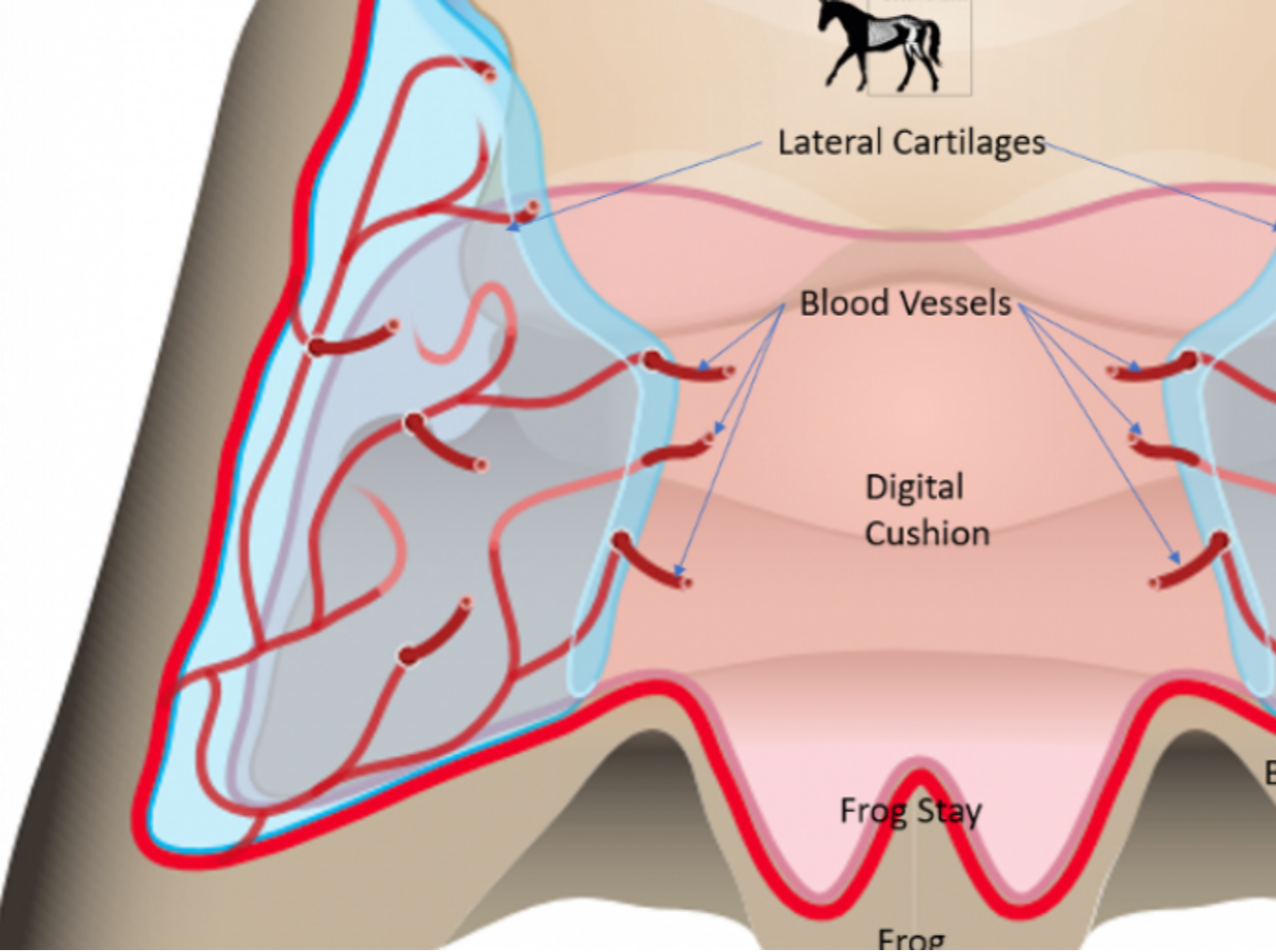
Haemodynamic mechanism
The key to Hoof Health by Yogi Sharp - Equinedocumentalist
The ability to withstand concussive and load forces is vitally important in musculoskeletal health and the hoof is on the front line. At a walk the horse puts ½ of its body weight through a limb, 2.5 times its body weight at a gallop! (Weller 2019), it’s no wonder having an efficient force dampening structure on the front line can be the difference between soundness and catastrophic injury and studies have shown the link between these and hoof size, shape and balance (Kane et al 1999).
The ability to efficiently dissipate the forces of locomotion directly affects hoof morphology (Gunkelman and Hammer 2017), therefore having well conformed and utilised structures involved in this mechanism can dictate the longevity of functionality and hoof conformation. If these structures are weak the whole hoof is predisposed to exceeding its elastic modulus with inevitable collapse.
The haemodynamic system is hypothesised to play a major role in force dissipation in the hoof.
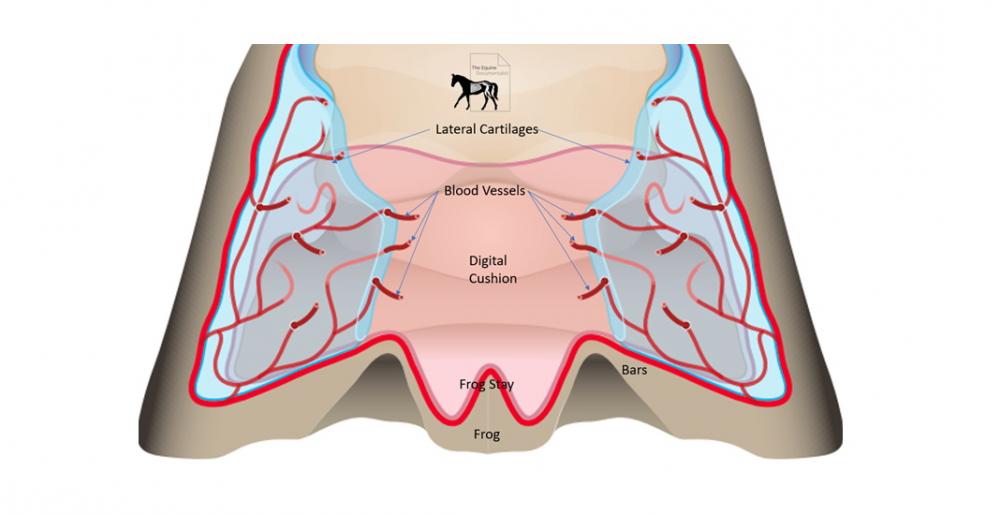
Fig.1 The anatomy of the haemodynamic system.
The studies of Bowker have delved into the mechanisms of force dissipation and the micro-conformationaldifferences between “Good” and “Bad” footed horses and found that although every horse has the same structures, their shape and composition play a fundamental role in functionality.
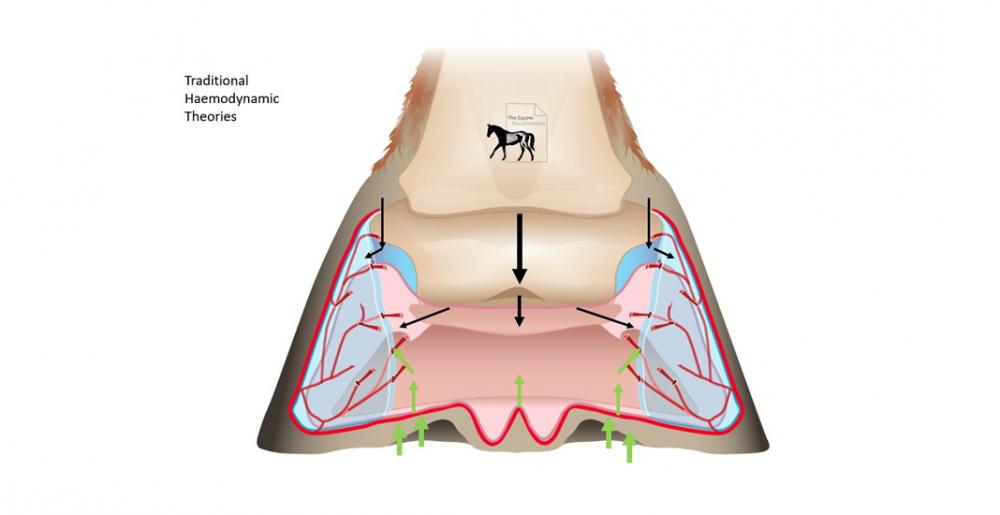
Fig.2 Illustration of the traditional theories of the haemodynamics of the hoof.
Early Traditional theories express that the digital cushion was predominantly responsible for absorbing the concussive forces, however further studies have outlined the hoof as a hydraulic dampener, with further differing theories. One of those theories, the compression theory, states that displacement of the digital cushion presses against the lateral cartilages and subsequently compresses the vascular structures (Fig.2). Another theory suggests the descension of the middle phalanx induces an outward displacement of the lateral cartilages (Fig.2), this theory is somewhat backed up Taylor et al (2005) which indicated that the function of the digital cushion was mainly to counteract this displacement of the middle phalanx and not to provide a pressure force.
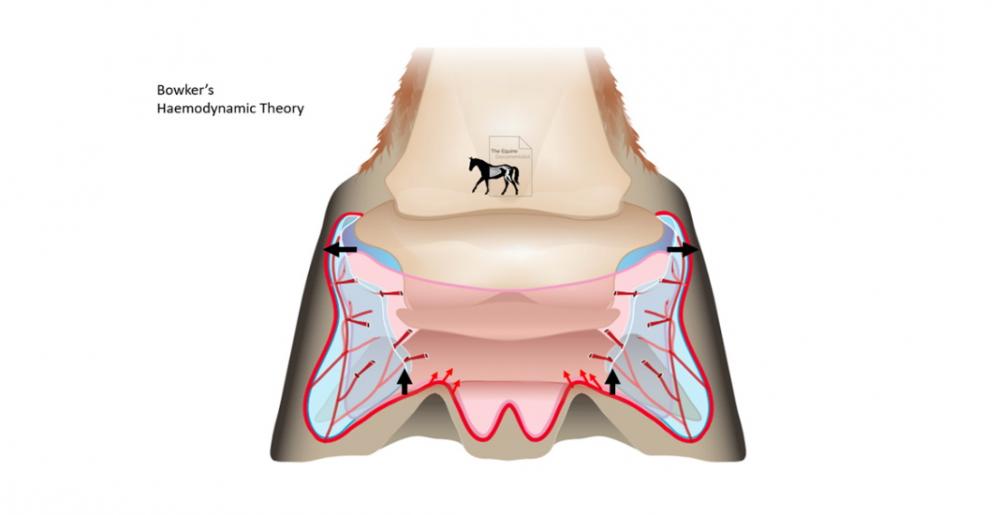
Fig.3 Bowker suggests another theory, “When the foot hits the ground, the bars of the heels and pillars of the hoof wall force a small “shelf” of the cartilage outward, creating negative pressure in the digital cushion. Impact is thus transmitted to a complex venous network inside the cartilage, creating more negative energy, which draws blood up from the solar area of the hoof.”
Which ever theory one accepts and perhaps all are true, It is widely understood that the ideal anatomical arrangement and composition of the structures of the hoof are so, that they create an effective hydraulic dampening effect on the impact forces of locomotion.
A hypothesis that the author holds, is that the different mechanisms outlined above, happen in differently conformed hoofs. For instance, an upright or boxy foot, where the frog doesn’t touch the ground, is not likely to be able to utilise the compression theory. Perhaps the ideal hoof is able to utilise all 3 theories, playing some part in the hoofs easier maintained proportions.
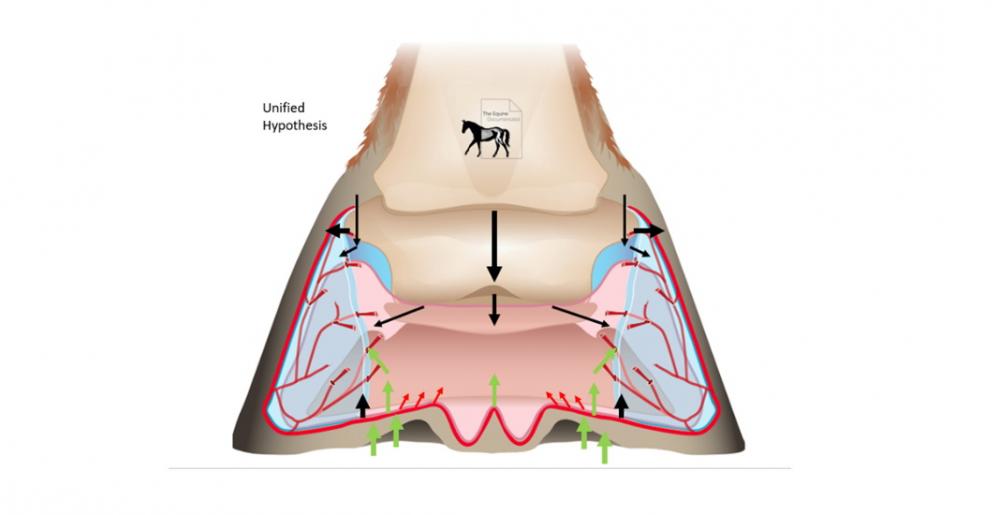
Fig. 4 Authors unified hypothesis. In well conformed feet perhaps all 3 theories happen together creating the optimum shock dissipation.
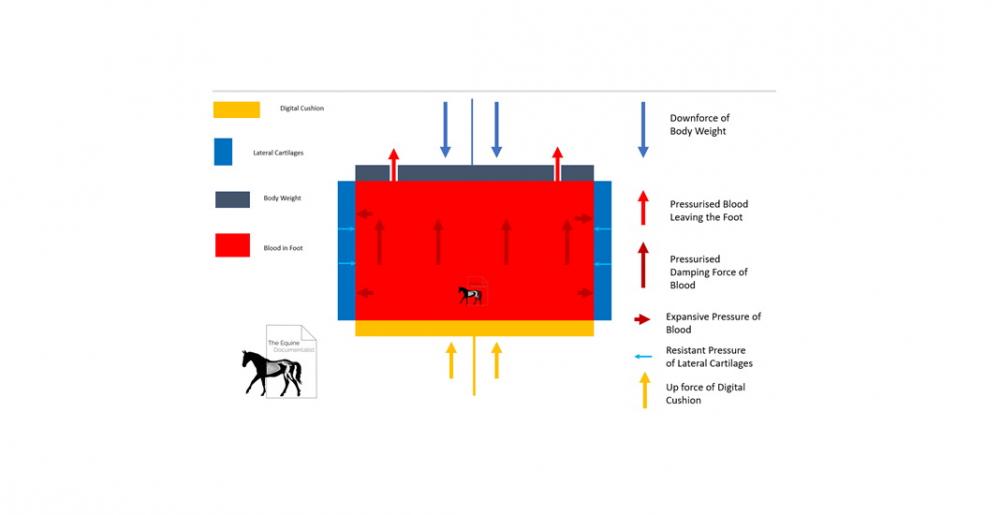
Fig.5 Schematic Diagram of the Hydraulic Damper effect of the haemodynamic system of the hoof.
In essence, The hoof becomes a hydraulic cylinder filled with pressurised blood to produce a pressure difference, resulting in damping force. Due to the high pressures involved the structures of the hoof need to be strong and durable to cope with the forces and to provide a resistance. For instance a hoof with weak cartilages will provide less resistance and therefore less hydraulic damping effect if the cartilages “bow” outward. We can also see that the more vascular structures in the system the greater amount of blood that can be displaced and therefore the more efficient the dampening effect.
When the composition and position of the hoof structures are not ideal, their ability to absorb these same forces is hindered.
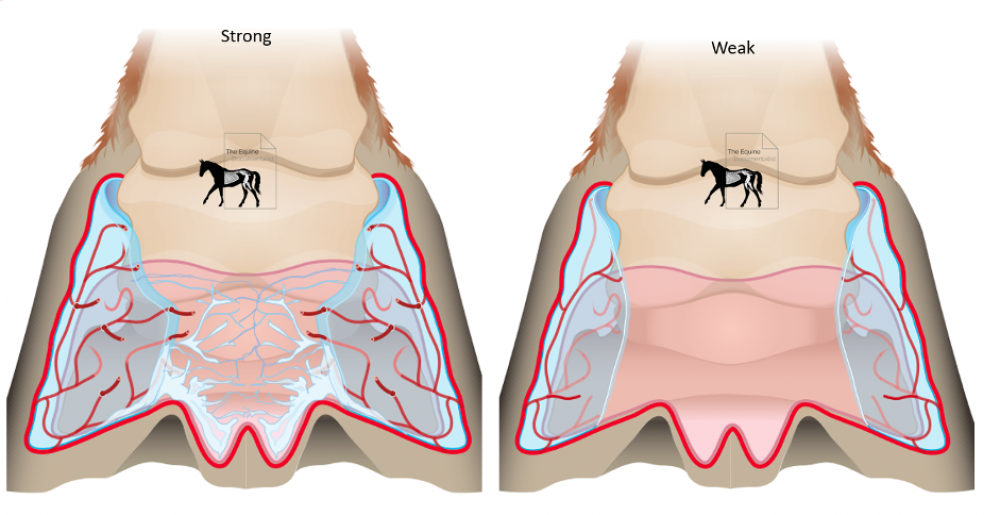
Fig.6 Illustration of Bowker’s good (Left) vs bad (Right) foot. Although both feet have the same structures their micro-conformational differences are what play a role in their durability.
The thickness and extent of the lateral cartilages plays a large role in the strength of a hoof, in the good foot you can see that cartilaginous tissue surrounds and fuses with the digital cushion and is thick enough to envelop the blood vessels. In the weak foot the cartilage is thin and less extensive with external vascular structures. Bowker also found the composition of the digital cushion to be different and Important in its elastic modulus, in the stronger foot the digital cushion had fibro-cartilage within it.
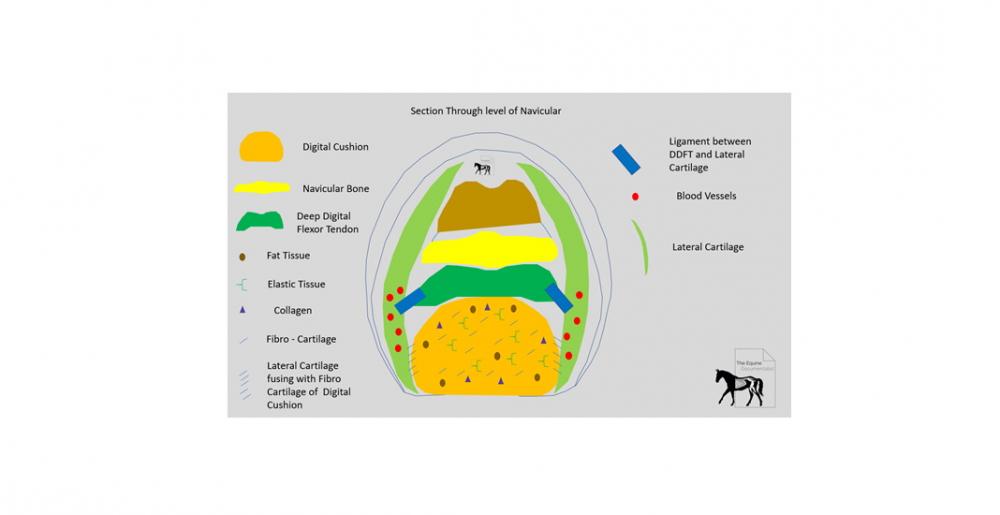
Fig.7 Authors representation of Bowker’s strong hoof in a section at the level of the navicular.
Bowker (1998, 2003) found that strong feet had a digital cushion containing fibro-cartilage which had fibrous connections with the lateral cartilages, also the deep digital flexor tendon had ligamentous attachments to the lateral cartilages. Essentially, horses with thicker more fibro-cartilaginous structures and more vascular structures will dissipate more forces by their hydraulic mechanism. Faramarzi et al (2017) discovered that the different areas of the digital cushion in quarter horses had different compositions, attributed to the different functional role of that area, perhaps pointing at horses with more universal composition as not being developed to their function.
The “bad” foot in Fig.6 is likely to be predisposed to a typical, flat, long toe, low heel hoof which becomes self-perpetuating due to its reduced ability to address these forces. As expressed by Bowker these feet have the impact and load bearing structures of the heels and bars under the distal phalanx rather than under the cartilages. This can result in inefficient use of the haemodynamic, hydraulic mechanisms due to the forces being transmitted to the bone instead of the structures designed for force dissipation.
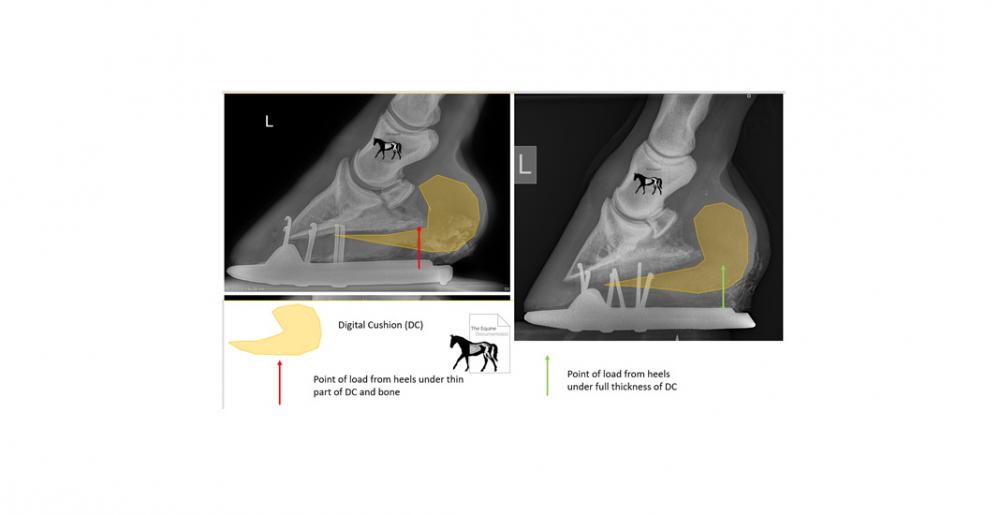
Fig.8 Authors illustration of the force transference from underrun heels compared to more upright heels. The hoof on the left is likely to have the presentation of weak cartilages (Fig.6), with decreased blood flow through the cartilages and/or with a fatty rather than fibrous digital cushion. Less energy will be dissipated, resulting in more energy being transmitted to bone and ligaments within the foot. Eventually elastic moduli will be exceeded, damage will be done and lameness may ensue.
Understanding the haemodynamic mechanisms role in force dissipation, you can see how the inefficient dissipation, by disordered anatomy, in poor hoof conformation, can lead to the genesis of pathologies. The structures where loads are concentrated and the tissues which receive the loads are important in maintaining a healthy foot, because certain tissues are well adapted to energy dissipation and load support, whereas other tissues are not.
Bowker (2003) suggests that good feet are created by stimulation and exercise, however it stated that breed seems to have an influence on the development of the feet after the age of 4-5. The prevalence of weak feet in thoroughbredscould be due to their early introduction into fast work with out the time to “train” the feet in adapting to forces and gallop training has been proven to create an underrun foot (Peel et al 2010). This theory has been echoed by Poss (2019) which stated that the lack of stimulation could be responsible for lack of development, this could be attributed to the early application of shoes creating sub optimal use of the young haemodynamic system that never gets to develop. Further research is needed to fully understand the formation of the different micro-conformations, but the author would suggest that if haemodynamic function was maintained as well as possible from the first instance of shoe application the negative effects and possible cause of poor caudal hoof anatomy could be somewhat mitigated.
The Farrier can play a large role in creating a more ideal haemodynamic mechanism, trimming and shoeing to ensure the base of the foot is under the lateral cartilages to maximise use of the digital cushion (Bowker 2003). This is highlighted in the case of underrun heels, although taking the base back by trimming the heels down can exacerbate a broken back hoof pastern axis, the transference of the impact forces, onto the structures designed for them, may have long term positive effects and the hoof pastern angle can be addressed by mechanical shoeing and the use of modern materials.
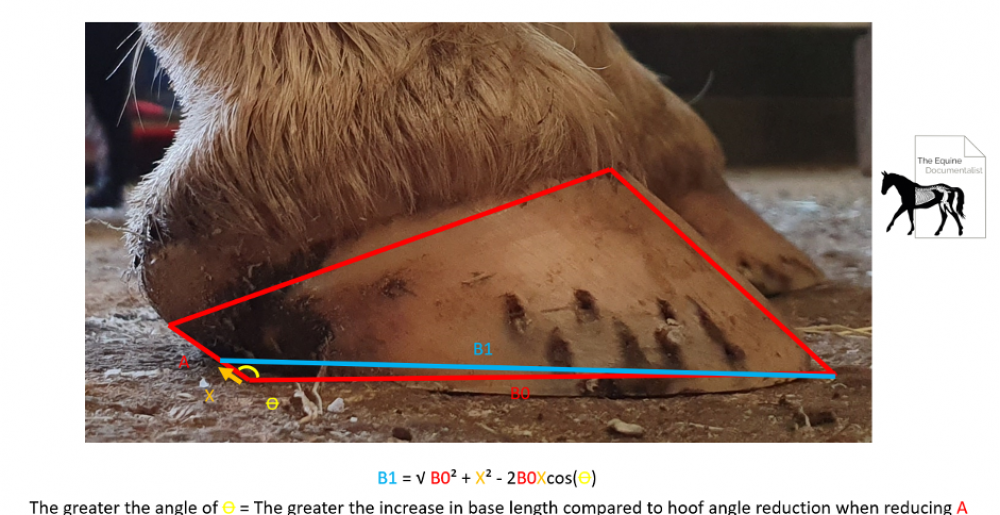
Fig.9 Illustration of the trigonometry of trimming the heels down. Trigonometry dictates that the more acute the angle of the heel, the greater increase in base for every unit the heel is taken down, this has relevance for this article because bringing the base under the haemodynamic structures in feet with acute angle heels is important and maybe less impactive on the angle of the hoof than maybe first thought.
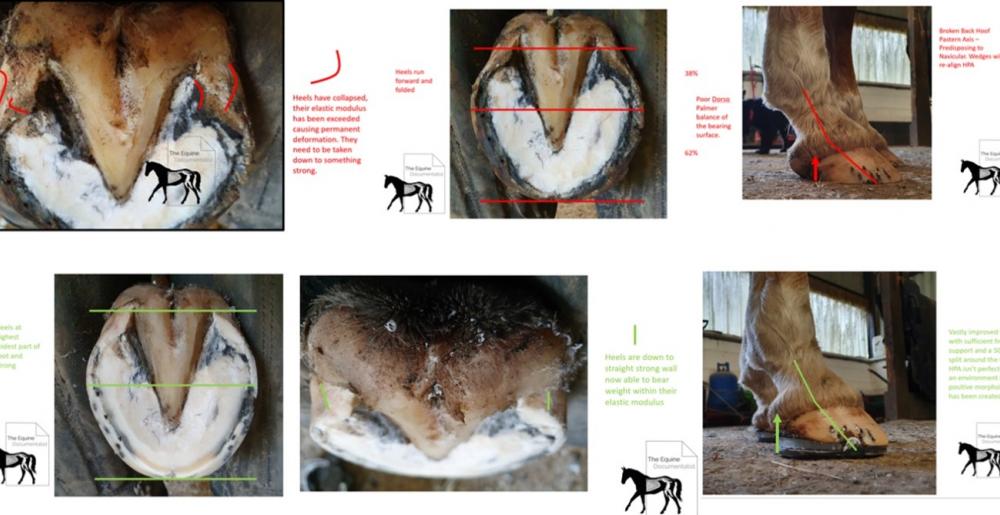
Fig.10 Shows how taking down weak heels, (that have collapsed due to exceeding their elastic modulus and no longer effective at transferring load onto the haemodynamic structures) and shoeing around the centre of rotation on every axis, can create a situation where the most caudal load point is further under the lateral cartilages (note the upward arrows).
In this instance, wedges with frog support have been used. The use of wedges should always be done selectively and cautiously, Poss (2019) stated that the inappropriate loading of weak lateral cartilages, digital cushions and heels can cause them to collapse further and this is the main objection to their use in the industry. However with adequate frog support, in the experience of the author, much of this overload is mitigated as load share is redirected to the frog and digital cushion. Frog support wedge pads have also shown, experientially, to mitigate and even reverse the prolapse of the frog and bulbs, returning them to a level plane with the heels. The author often uses them for short periods to relieve strain on the deep flexor tendon and “push” the frog back up into the hoof, hypothesised to improve functionality and pedal orientation. The improved hoof morphology gained from changing the forces acting on the hoof means they can be transitioned back out of in most cases.
Understanding the importance of use of all the structures involved in the dissipation of forces, one can begin to see how the application of a shoe, which lifts the Frog, sole and bars away from the ground can detract from some of the functionality of the caudal hoof. The very early application of shoes in the thoroughbred racehorse and subsequently possible early de-stimulation of these structures could play a role in the prevalence of weak feet within that population. Roepstorff (2001) outlined the reduced expansion and contraction of the shod foot, suggesting restriction and underuse of the haemodynamic mechanism. The study did however show an improved functionality with the application of frog and solar support. On this basis we can extrapolate that farriery intervention which creates increased functionality of the frog, digital cushion and bars of the hoof will help to improve or maintain the health and morphology of the hoof, as it reduces the risk of exceeding elastic capacity.
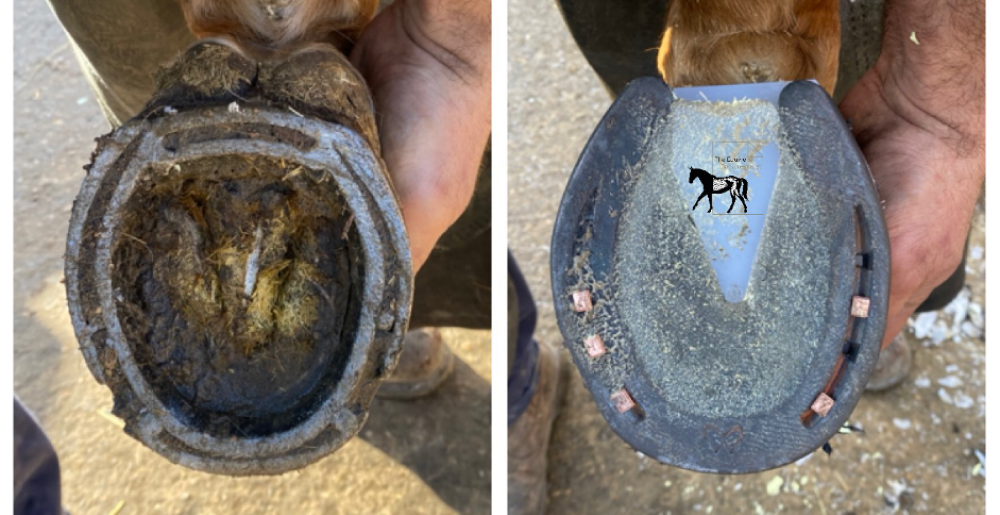
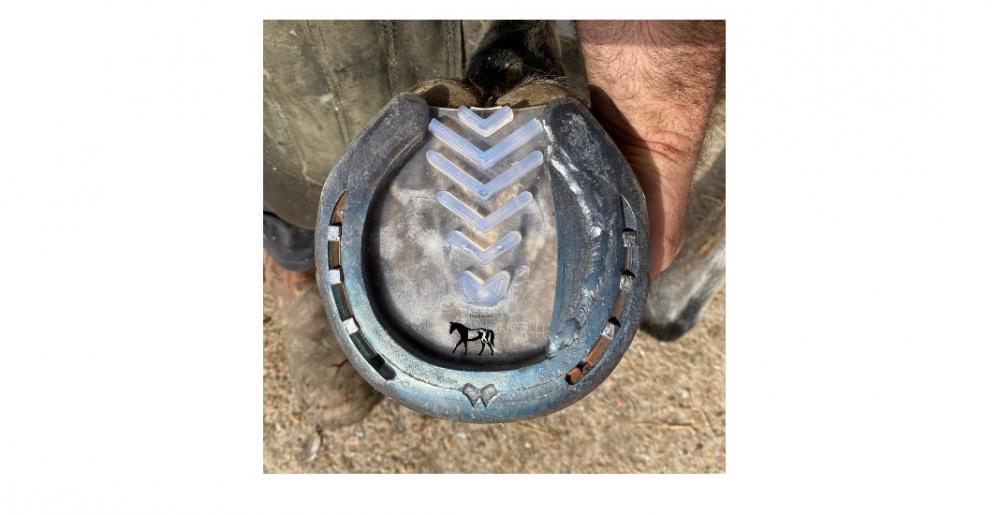
Fig.11-12 Examples of Work of the Author in addressing morphology associated with weak haemodynamic structures, using Mustad comfort mix in varying applications. There are many methods and technologies available to the modern farrier to re-establish load share and create more ideal use of the haemodynamic mechanism.
With horses that inherently have weaker structures there are 2 options, remain barefooted to give as much stimulation to the relevant structures, or if this is not viable, create an “external” digital cushion and passively reload these same structures.

Fig.13 The creation of an “external digital cushion” using impact material.
In previous articles the author has questioned whether frog support and padding should be used as default in farriery practice. With the points of this article in mind, highlighting the importance of the haemodynamic system of the hoof, more power is added to this suggestion. The mechanisms outlined in this article should play a role in decisions made when trimming and shoeing to position the foot in such a way that the haemodynamics can work most efficiently. This is even more pronounced in long toe-low heel conformations. Understanding that they may have genetically poor caudal hoof structures should initiate a pro-active approach to their management. The horse has 4 shock absorbers on the end of each of its limbs, just like in a car, if those shock absorbers are not working efficiently the chassis of the vehicle will suffer. In the authors opinion poor heels are the most profound issue within the farriery industry, crushed/run forward heels leading to broken back hoof pastern axis’ and negative palmer/plantar angles and one of the biggest causes is peripheral loading by the application of a shoe, amongst other contributary factors. Barefoot is best because the hoof functions as it is intended to do so. Shoeing is a necessary evil but with modern materials we have the ability to re-establish frog, sole and bar load share, creating a more barefoot like functionality and increased longevity of hoof health by utilising the miracle of the haemodynamic system.
For more information about haemodynamic check out the webinar on the subject on theequinedocumentalist.com.
References
Bowker RM, Van Wulfen KK, Springer SE, Linder KE. Functional anatomy of the cartilage of the distal phalanx and digital cushion in the equine foot and a hemodynamic flow hypothesis of energy dissipation. American Journal of Veterinary Research. 1998 Aug;59(8):961-968.
Bowker, 2003, Hemodynamic Flow Hypothesis for Energy Dissipation in the Equine Foot, Hoof Care and Lameness, issue 70
Danny D. Taylor, David M. Hood, Garry D. Potter, Harry A. Hogan, and Clifford M. Honnas
American Journal of Veterinary Research 2005 66:4, 623-629
Faramarzi B, Lantz L, Lee D, Khamas W. Histological and functional characterizations of the digital cushion in Quarter horses. Canadian Journal of Veterinary Research = Revue Canadienne de Recherche Veterinaire. 2017 Oct;81(4):285-291.
Mattia A. Gunkelman, Carolyn J. Hammer, A Preliminary Study Examining the Digital Cushion in Horses, Journal of Equine Veterinary Science, Volume 56, 2017, Pages 6-8,
Poss, 2019, NEAP symposium
Roepstorff, 2001, Myerscough Bsc (hons) Lecture
Weller, 2019, Does Conformation affect gait: Objective Assessment, BCET Presentation
Haemodynamic illustrations commission by and copyrite property of The Equine Documentalist and created by Livingart.org.uk